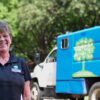Seiridium Canker
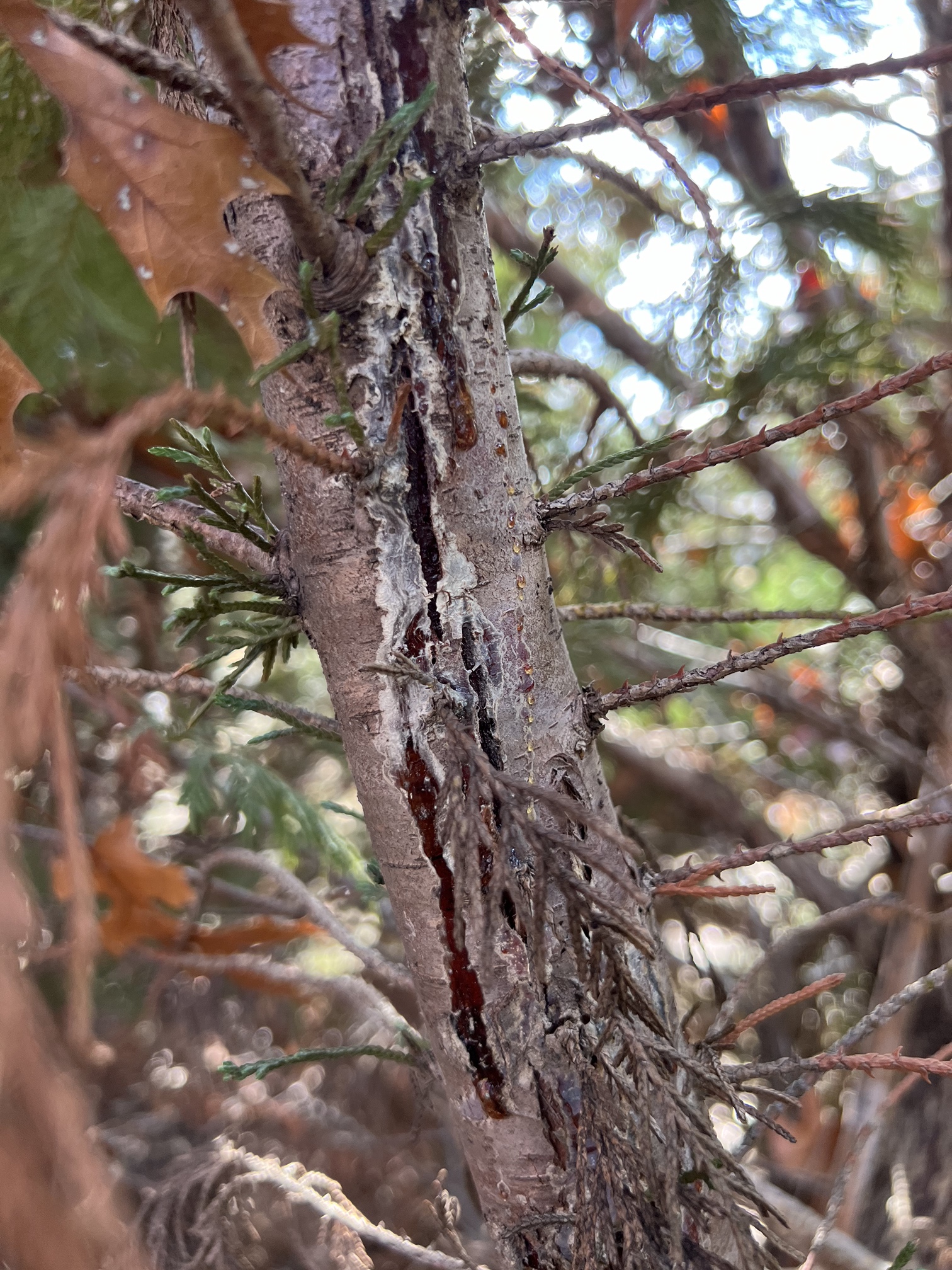
Seiridium canker primarily attacks the cypress species, affecting the health of your garden. The warm and humid summers common in the Dallas-Fort Worth area make a breeding ground for fungi and this one is very common on cypress trees. Early detection equates to better management of this disease.
Seiridium Canker Red Flags
- Girdling cankers
- Patches of dead leaves
- Sunken tree bark
- Black weeping on trunk
- Oozing brown cankers
What is Seiridium Canker?
This fungal disease is localized in the area of dead stems, roots or branches. This disease spreads through open wounds such as pruning cuts, or insect exit holes through spores during wet, rainy and windy weather. It affects trees already under stress from environmental factors like extreme weather, like drought or freezing winter.
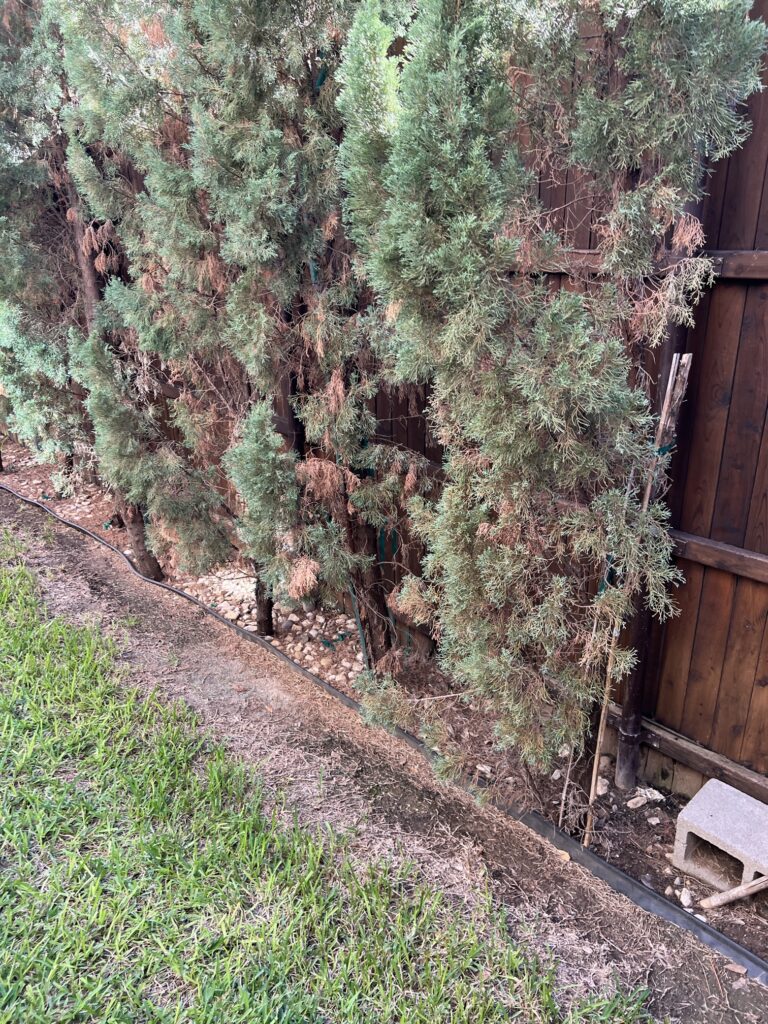

How a Texas Tree Surgeons ISA Certified Arborist Diagnoses Seiridium Canker
On evergreens the most noticeable symptoms of seiridium canker are the patches of dying leaves on one or more branches. If present along with noticeable areas of cracked bark with oozing brown sap, there’s reason to suspect seiridium canker..
How Texas Tree Surgeons Treats Seiridium Canker
At Texas Tree Surgeons we know that healthy soil is fundamental in encouraging strong plant immunity. Regular soil testing and amendments can support this. We recommend utilizing organic matter such as compost to boost soil fertility. Rich, well-draining soil becomes a hostile environment to the pathogens causing seiridium canker. Furthermore, balanced soil fertility nurtures robust root growth, enabling your trees to better withstand the stressors that intensify infections.
Additionally, removing infected areas with sanitized tools will help slow the spread of the disease.
What can Homeowners do to Help Their Trees with Seiridium Canker?
Maintaining adequate space between your trees promotes airflow, reducing moisture accumulation which promotes fungal growth. Overcrowded trees are at increased risk as they create a microenvironment conducive to the development of seiridium canker. Regular thinning during dry periods is a proactive measure to maintain this balance. Also, following proper watering techniques do not over water or under watering during drought conditions.
What Will Happen to My Tree with Seiridium Canker?
Without any intervention the tree will die in about 3-5 years. Addressing soil, airflow, and removing diseased areas are essential to slow down the spread of the disease.
What Species are Texas Tree Surgeons Arborists Seeing This Effect?
- Leyland cypress
- Italian cypress
- Junipers

At Texas Tree Surgeons we love trees. Not all trees do well in North Texas due to our weather toggling from extremely dry, to extremely wet, and freezing temperatures. This range of extreme weather conditions are not suited for cypress tress in general. If you are looking for trees that will thrive easily here please check our blog on recommended trees for North Texas.
Related Blogs
Similar blogs related to this topic

Top 10 Things We'd Tell You as an Arborist if We Weren't Afraid of Hurting Your Feelings
This is a list of tree care worst practices that you, or someone you know may be guilty of. Read the following list at your own risk. You’ve been warned, feelings may get hurt. 1.…
Read more
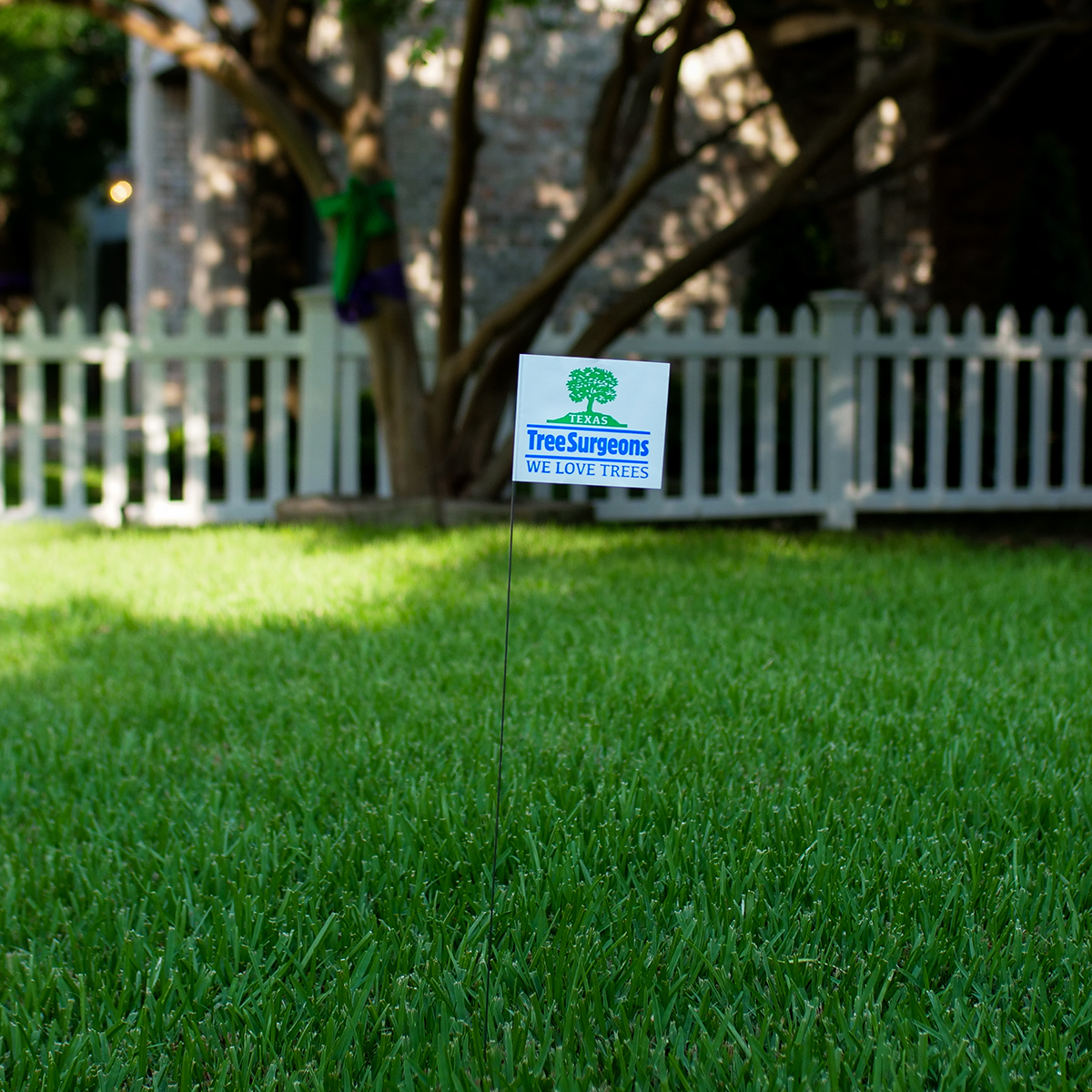
Avoid These Tree Care Mistakes for a Healthy Landscape
Below is a list of overlooked mistakes that could jeopardize the health of your trees. From missteps in pruning to incorrect watering practices, discover how to give your trees the care they deserve. Red oak…
Read more
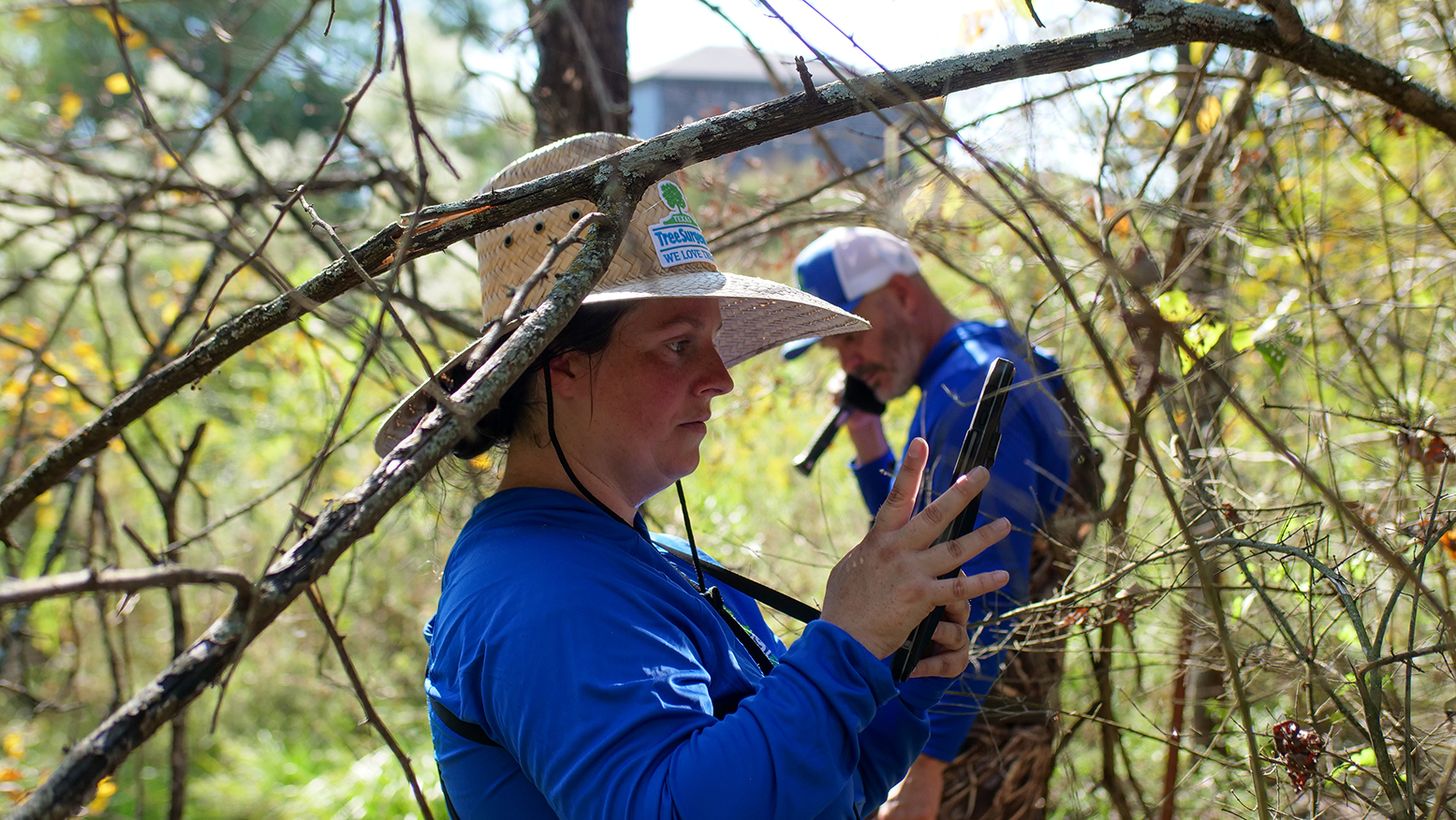
Why do Arborists Recommend Soil Sampling in Urban Areas like Dallas?
Soil sampling is a crucial practice in urban areas like Dallas. It helps arborists make informed decisions about your landscape to ensure a healthy urban ecosystem. Our native soils vary widely—from the dense clays of…
Read more
